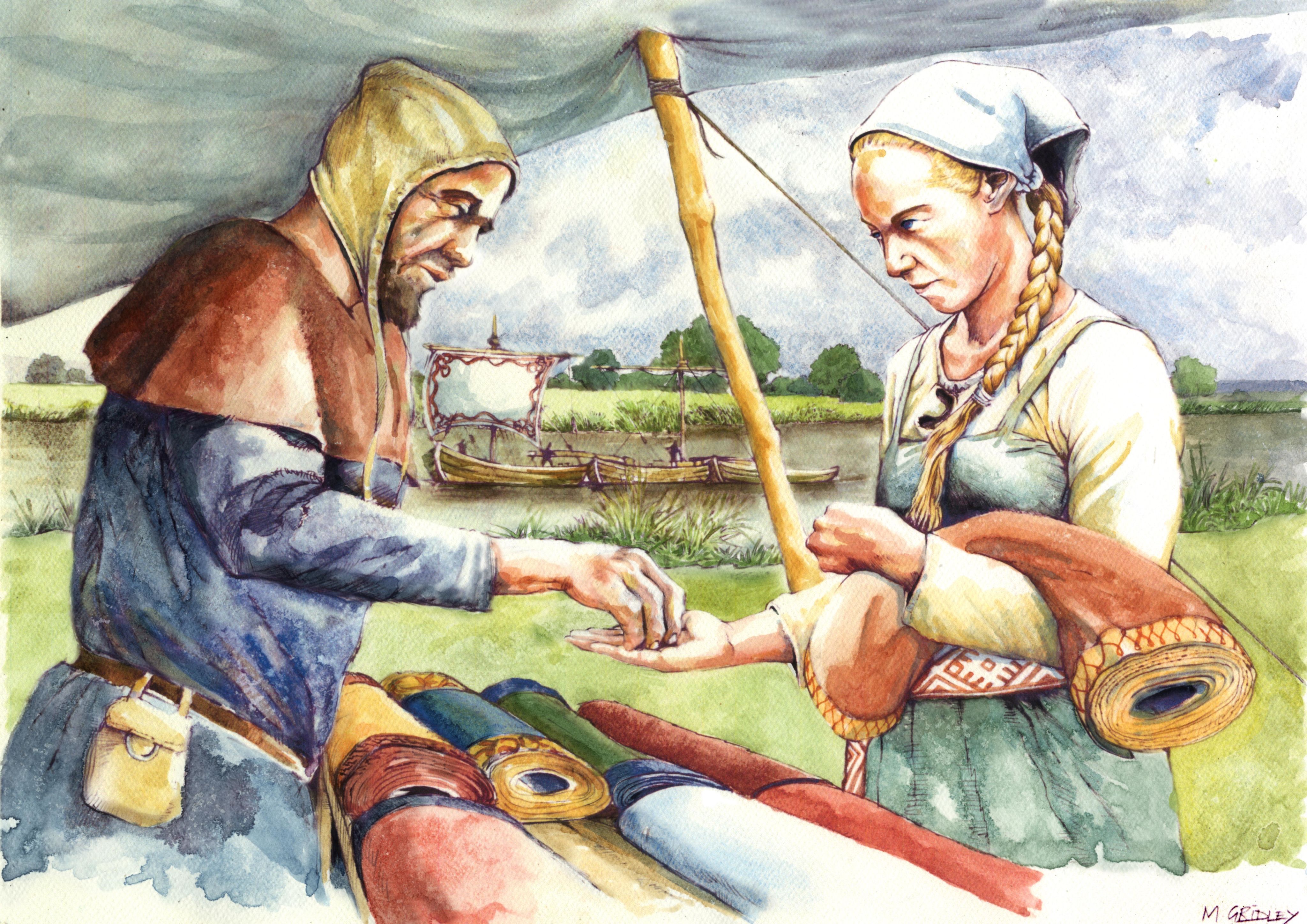More continuity than change following the Black Death in medieval Cambridge

A new study published in Scientific Reports suggests there was more continuity than change in medieval daily life following the Black Death epidemic.
A multidisciplinary team of researchers based at the Universities of Cambridge, Leicester, York and Edward Via College of Osteopathic Medicine collaborated analysed almost 500 skeletal remains excavated from burial grounds across the city, dating between the 11th and 15th centuries.
The After the Plague project, based in Cambridge, has shone a light on various aspects of health and daily life in medieval Cambridge using the latest techniques to investigate the diets, DNA, activities, and bodily traumas of townsfolk, scholars, friars and merchants. From evidence of health inequality between richer and poorer Cantabrigians to differences in diet between groups; the project has revealed what life was like in medieval Cambridge.
In this paper, the question 'What were the consequences of the Black Death?' is answered. Undoubtedly, the effects of the Black Death will have been felt in all corners of England, but did the epidemic leave a lasting impression on the health of those living in medieval Cambridge?
Two major findings were revealed; that, although about half the population of England was killed by the epidemic of Yersinia pestis, no evidence of lasting impact to health was found, and that health trends from before the plague continued as before.
This research was funded by the Wellcome Trust and the McDonald Institute for Archaeological Research.
Published 3 October 2025
The text in this work is licensed under a Creative Commons Attribution 4.0 International License


